| |
 ___ ___
Welcome to our monthly celebration of nature and photography!
We hope you enjoy this issue's selection of jokes, trivia, photos and news. |
|
|
|
Deep into winter, we are reminded of the simple beauty of the season
by this image which welcomes you this month and to the year 2015.
|
|
TRIVIA TIME
What is the the top predator of the sea?
You'll find the answer at the end of this newsletter.
|
|
WHAT'S THIS?

Our monthly mystery close up, what is your guess as to what it is?
You'll find the answer at the bottom of the newsletter.
|
|
MONTHLY PAGE

This month we have selected the Flowers of the Month Archive page.
Click here and see the amazing variety and diversity of plants that
have been featured during the last seven years.
|
|
CONTRIBUTED BY... |
|
__ |
|
| Judy Howle, a great bird photographer from Columbus, Mississippi, sent us this House Finch image. |
|
Judy Howle is a regular contributor and also sent us this Pine Warbler caught in the snow. |
|
|
|
|
|
|
This un-identified mushroom comes to us from Marilyn Flanagan of Florida. |
|
Jim Noeninger of Shiloh, Illinois, sent in the terrific image of an Eastern Water Snake. |
|
|
|
|
|
|
We get away from the winter blues with this Mexican sunset sent to us by Penny from Toronto. |
|
We stay with our travellers as Albertina Pianarosa of Ottawa sent us this image of coffee on Kauai island. |
| |
|
|
Many thanks to Jim, Marilyn, Albertina, Judy and Penny.
If you have a nature image for this section, please let us know!.
|
|
WANDERING IMAGE
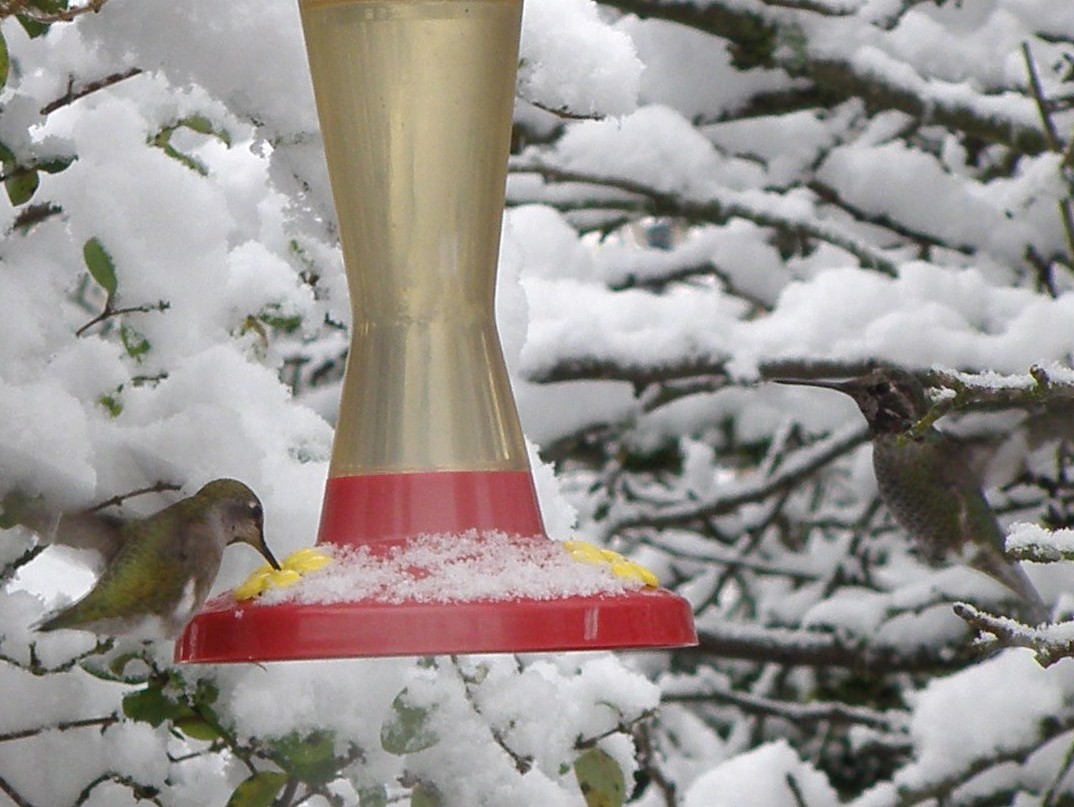
We didn't have to wander too far for this month's wandering image.
Despite the winter snow, these hummers are still visiting their feeder.
|
|
CAPTION THIS
What do you think would be a good caption for this photo ?

Here are two of ideas:
#1 - "OK, how long do we have to sit here?"
#2 - "I hope they haven't forgotten where they put us?"
If this month's photo inspires you, please send us your caption in an e-mail.
|
|
SNIPPETS IN NATURE

Each fall the salmon return to spawn in the Goldstream River in
Goldstream
Provincial Park, British Columbia, Canada. After spawning the
fish die and become
food for all sorts of animals. Eagles fly with their feasts, dropping the remains
in the forest. This waste then becomes fertilizer for the rain forest.
|
|
BEHIND THE NAME

Common Monkey-flower, Mimulus guttatus, has interesting markings on its yellow flower.
Its genus name, Mimulus, come from the Latin mimus which
means mimic or
actor - a
reference to those face-like markings. Guttatus means spotted or speckled. Monkey-flowers
are so-called because some species have flowers shaped like a monkey's face.
|
|
JOKE OF THE MONTH
__ Two coyotes left the pub rather the worse for drink.
__ One said to the other, "Oh, heck! I can't walk all the way home."
__ His pal replied, "I know, me too, but we've missed the last bus."
__"We could steal a bus from the depot," the first suggested.
__So they went to the bus depot and one goes in to get a bus while the other keeps a look-out. After a few minutes, the look-out shouts, "Will you be long?"
__ The coyote replied, "I can't find a No. 76, only a 74."
__ The look-out shouted back, "Get the 74 and we'll walk from the roundabout." |
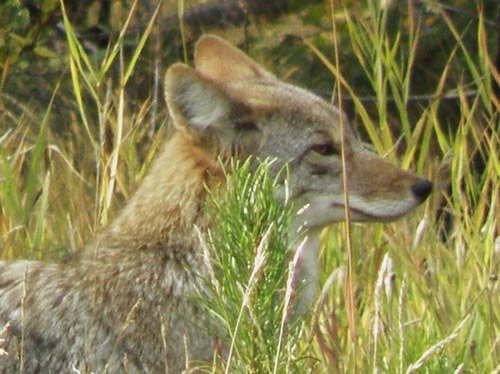
"That was simple enough I would of thought."
|
|
NOTES, NEWS AND TIPS
Here are this month's choices:
Bird - Hooded Merganser| Wildflower - Yellow Mountain-avens| Bug - Stink Bug
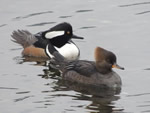 __ __  __ __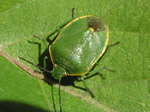
Click on the images to visit the pages.

A little reminder to add a little protection to your log feeder. A garden saucer fitted
upside down will help to keep the rain and snow off the log and the visiting birds.
One method to gain birds confidence is to slowly introduce them to a food source, close to an opening window. Place a few small pellets of a suet mix where you can reach out too. This is important as you will try to feed them from your hand later.
After doing this for a few days, the birds will get used to looking for the morsels. Then it is time to try to get them to eat out of your hand. Put out two or three of the pellets in the usual place and hold a big piece of the suet mix near them. The birds will venture to the pellets and also check out the other piece.

The more birds that come for the pellets, the more chances you have of some
coming to your hand. Here a Ruby-crowned Kinglet drops by for a snack
You can see our Easy Pellet Making page by clicking: Pellet Making.
Picture of the Week
 |
|
Be sure to drop by the Inn every week to see the latest Picture of the Week.
You can also do so by clicking on the image to the left or by clicking here. |
|
| |
Past Issues
If you want to see any of the past issues of Whispers, they are available here.
|
|
|
CELEBRATING NATURE
 |
|
 |
|
|
Now is also a good time to start planning for the annual Great Backyard Bird Count
which runs from February 13 - 16 this year. Click here for more details. |
|
|
DID YOU KNOW....
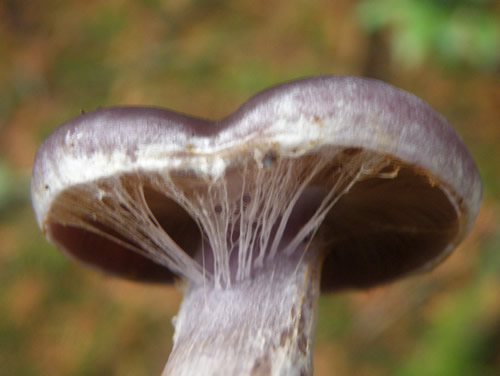
Did you know that a large group of mushrooms have a cortina or veil between the
cap and the stem in young specimens? Because of this, these mushrooms are called
Cortinarius mushrooms. Eventually the cortina will disappear but you can see the
remains of one in this photograph.
|
|
STATE AND PROVINCIAL EMBLEMS

The peanut was designated the state crop of Georgia in 1995.
|
|
TRIVIA ANSWER
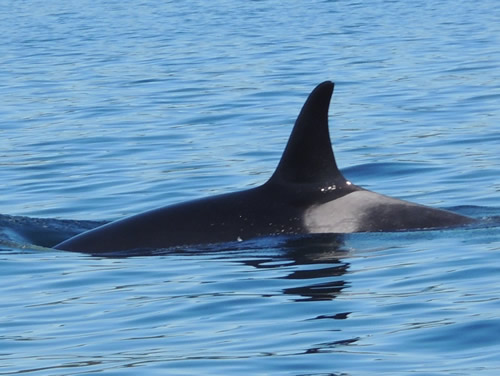 The top predator of the oceans is the Orca, Orcinus orca, also called a Killer Whale
The top predator of the oceans is the Orca, Orcinus orca, also called a Killer Whale
even though it's not a whale at all but a large porpoise. They are found in all the oceans.
They have no natural predators and so are called apex predators.
They even attack sharks and large whales!
|
|
ANSWER TO WHAT'S THIS?
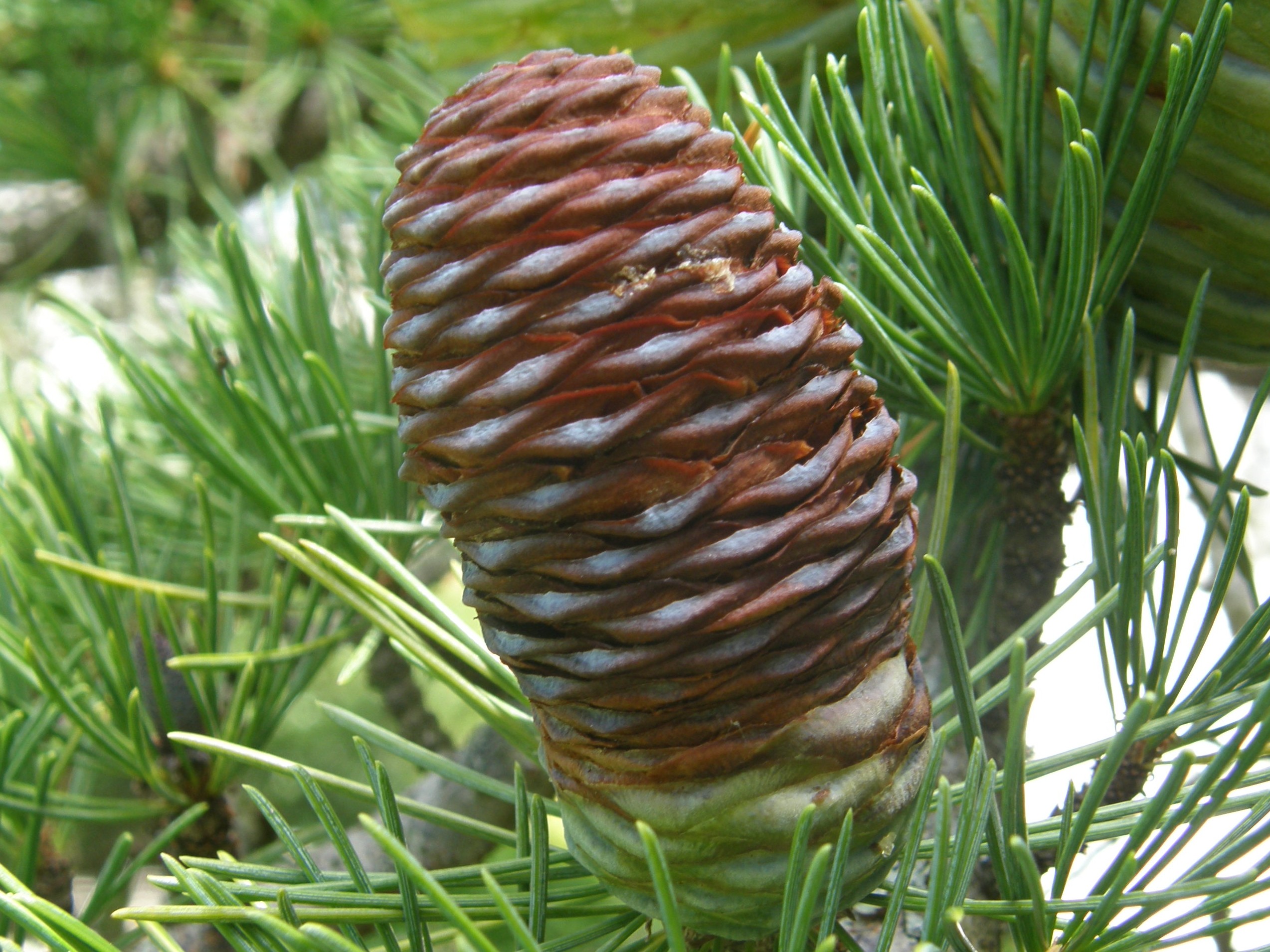
The mystery this month is a True Cedar cone, Deodar cedar.
|
|
|
|
Thanks for joining us this month! We hope you enjoyed this issue of Whispers. We invite your comments and ideas - just drop us an e-mail. See you next month! |
You can support this
project with a donation: |
|
|
|
|
|
|
|
|